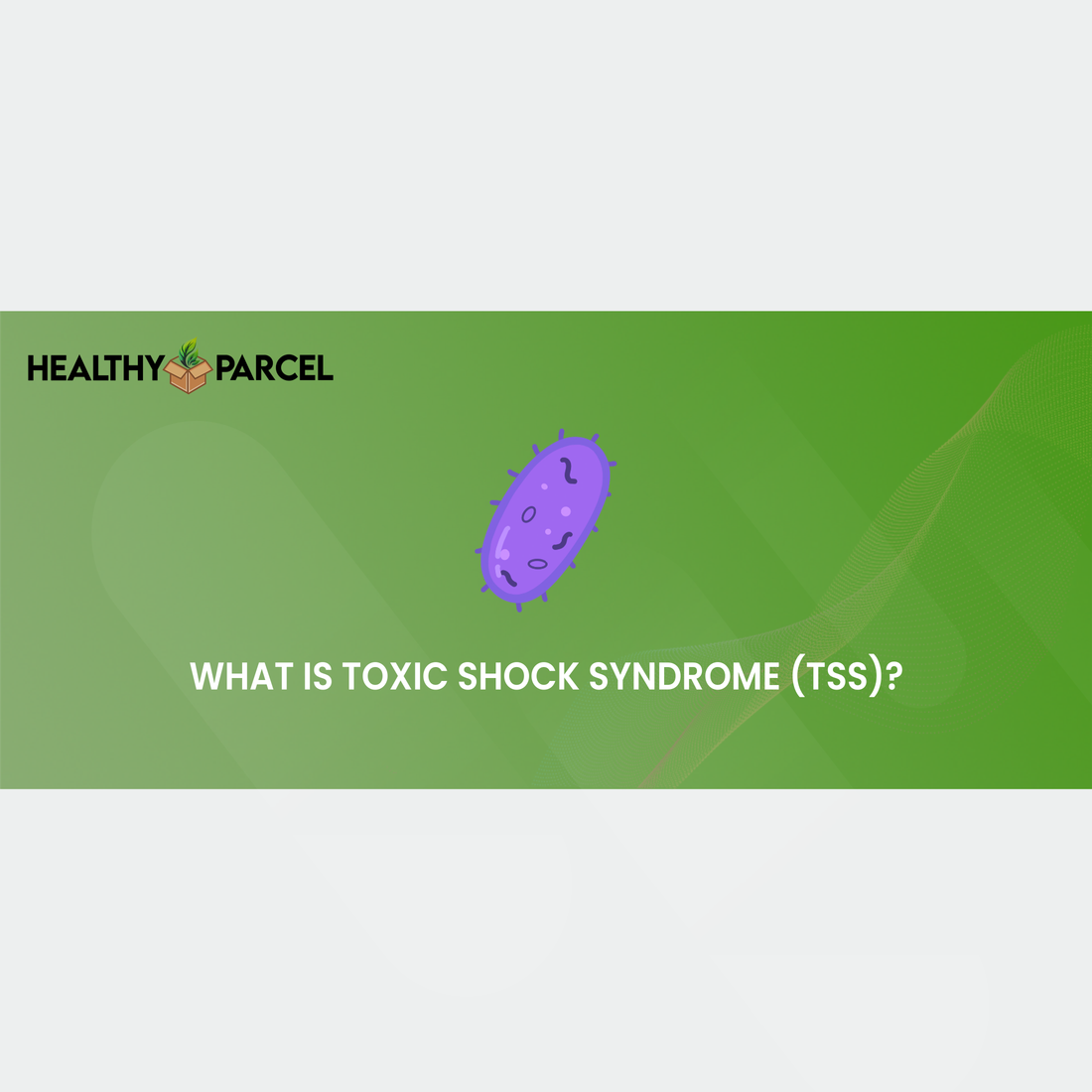Toxic Shock Syndrome (TSS) is a rare but serious condition caused by certain bacteria also dubbed as the “flesh eating bacteria” that release harmful toxins into the bloodstream, potentially affecting major organs like the heart, liver, and kidneys. While it’s often linked to tampon use during menstruation, TSS can affect anyone, regardless of age or gender. Risk factors include skin wounds, surgical cuts, nasal packing, and other skin injuries. In fact, about half of TSS cases have no connection to menstruation.
Symptoms of TSS come on suddenly and can rapidly worsen. However, with prompt diagnosis and treatment, most people make a full recovery.
How Common is Toxic Shock Syndrome?

TSS occurs in about 1 in 100,000 people. Although it’s more frequently seen in individuals assigned female at birth, it can affect anyone. Before the 1990s, it was most often associated with the use of super-absorbent tampons during menstruation.
What are the Symptoms of TSS?

Symptoms of TSS can vary based on the bacteria involved, but common signs include:
- Sudden high fever, chills, and flu-like symptoms
- Nausea or vomiting
- Watery diarrhea
- A rash that looks like a severe sunburn or red spots on the skin
- Dizziness, lightheadedness, or fainting
- Low blood pressure
- Redness in the eyes and throat
- Peeling skin on the soles of the feet or palms of the hands
What Causes TSS?

TSS is usually caused by toxins produced by Staphylococcus aureus (staph) or Streptococcus pyogenes (group A strep). Less commonly, it can be caused by Clostridium sordellii.
Normally, these bacteria can live on your skin or mucous membranes without causing harm. However, under certain conditions, they can multiply rapidly and release toxins. For example, using tampons can sometimes trap Staphylococcus aureus bacteria in the vagina, allowing them to enter the uterus and grow, especially if tampons are not changed regularly or if super-absorbent tampons are used when menstrual flow is light.
How Does Toxic Shock Syndrome (TSS) Develop?
TSS can occur when bacteria enter open wounds, cuts, or sores. This might happen due to a skin infection, surgery, childbirth, or even from a nosebleed that needs gauze packing.
What Bacteria Cause TSS?

The main bacteria responsible for TSS are:
- Staphylococcus aureus (S. aureus or staph): This bacteria commonly lives on your skin. It can enter the bloodstream through skin wounds or tiny tears in the vagina from tampon use.
- Streptococcus pyogenes (S. pyogenes or group A strep): This bacteria can cause TSS in people who have recently had infections like strep throat, scarlet fever, or impetigo.
- Clostridium sordellii (C. sordellii): Usually found in the vagina, this bacteria can enter the uterus during menstruation, childbirth, or gynecological procedures. Intravenous drug use can also lead to C. sordellii infection.
Can Sanitary Pads Cause TSS?

Yes, it's possible to develop TSS while using sanitary pads, though it’s less common than with tampons. The condition is caused by bacteria, not the tampon itself.
How is TSS Diagnosed?
Healthcare providers may use several methods to diagnose TSS, including:
- Blood or urine tests to identify the type of bacteria or virus.
- Examination of the vagina.
- Tissue cultures from the vagina, cervix, or throat to check for Staphylococcus or Streptococcus bacteria.
- Tissue samples from the wound or infection site in non-menstrual TSS cases.
For severe or advanced symptoms, additional tests may be ordered to assess the health of other organs, such as:
- CT scan
- Chest X-ray
- Spinal tap (lumbar puncture)
Prevention
There are several steps you can take to reduce your risk of developing TSS:
- Use sanitary pads instead of tampons during your period, especially at night. Alternating between tampons and pads, or using pads when your flow is heaviest, can also help.
- Change tampons every four to eight hours. If your flow is heavy, you may need to change them more often.
- Choose the lowest absorbency tampon needed for your flow.
- Avoid using tampons when you are not menstruating.
Keep surgical incisions clean to prevent infection. If you notice unusual swelling, redness, or warmth around the wound, consult your healthcare provider.

